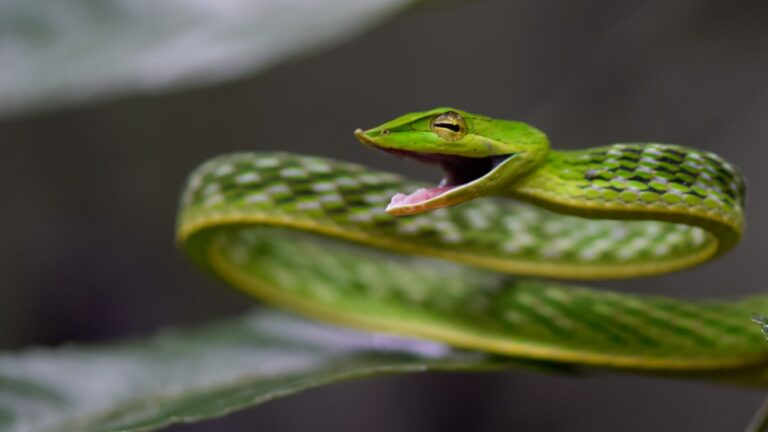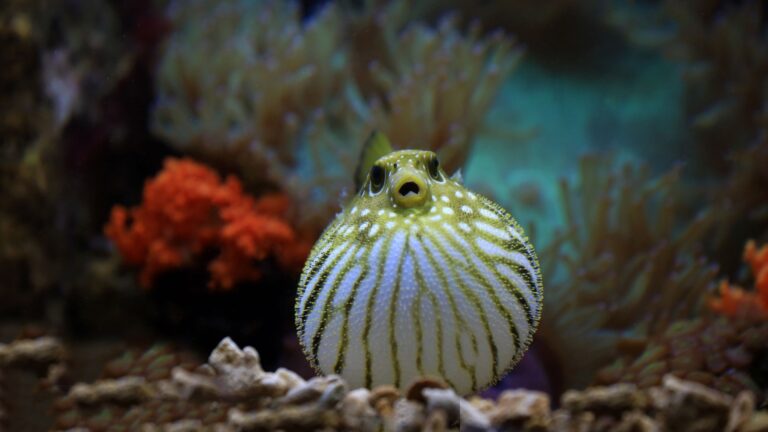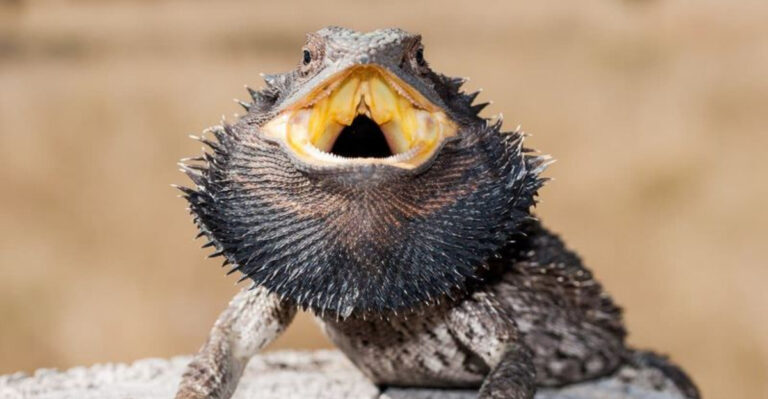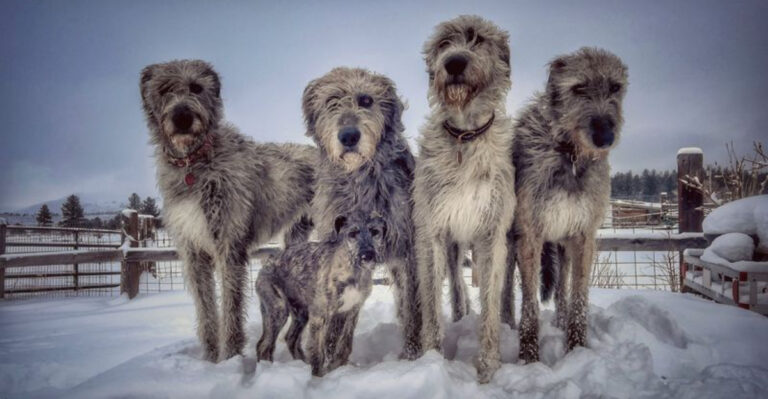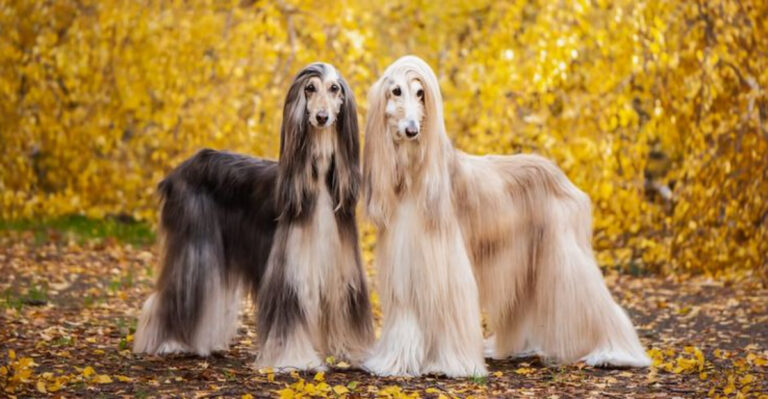World Tapir Day Is Here—Let’s Uncover The Secret Life Of The Tapir’s Snout
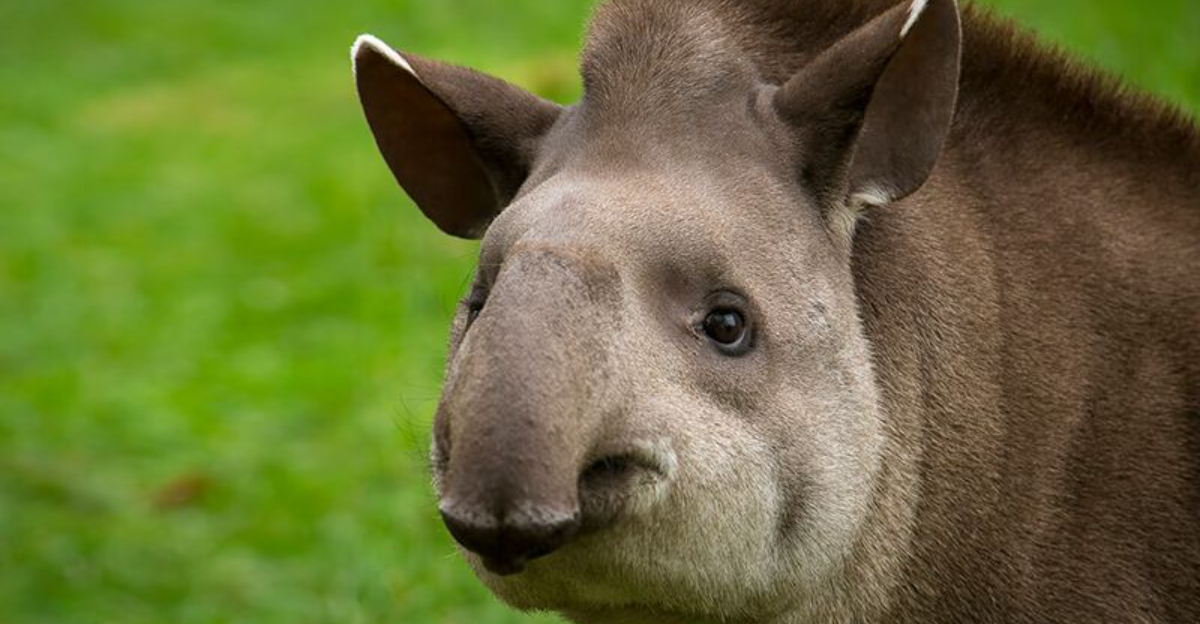
Tapirs, with their curious, elongated snouts, are more than just forest dwellers. These unique creatures have a secret world hidden in their noses!
On World Tapir Day, let’s dive into the fascinating world of the tapir’s snout with some unusual facts and captivating stories. From quirky abilities to peculiar habits, there’s much to uncover!
1. Snout Flexibility
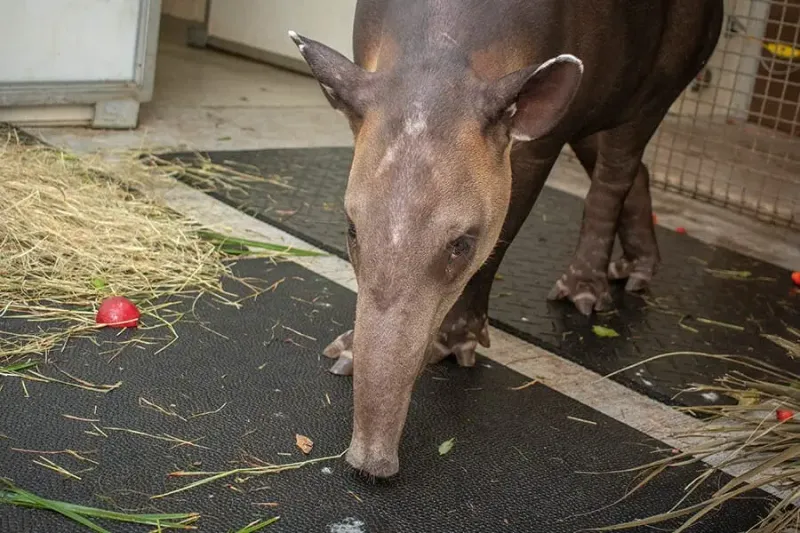
Imagine having a nose that doubles as a hand! Tapirs have this handy feature; their flexible snouts are perfect for grabbing foliage, much like an elephant’s trunk.
This adaptation helps them forage in dense forests. The tapir’s snout is an evolutionary marvel, allowing them to reach tasty treats in hard-to-access places without moving their entire bodies.
2. Water-Snorkeling
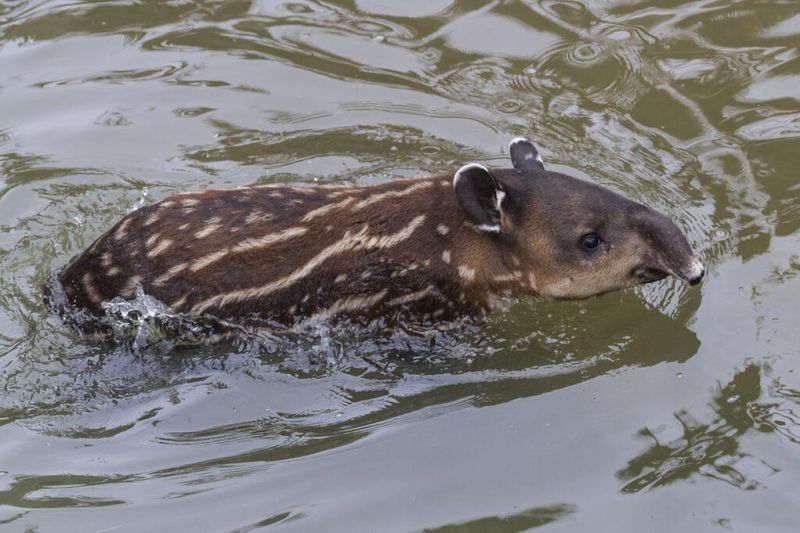
Here’s a fun trick: tapirs can snorkel! Their snouts act like built-in snorkels, enabling them to breathe while submerged.
This adaptation is particularly useful in the wild, where they often escape predators by diving into water. The tapir’s snout is not just for show—it’s a survival tool that keeps them safe and sound.
3. Scent Detection
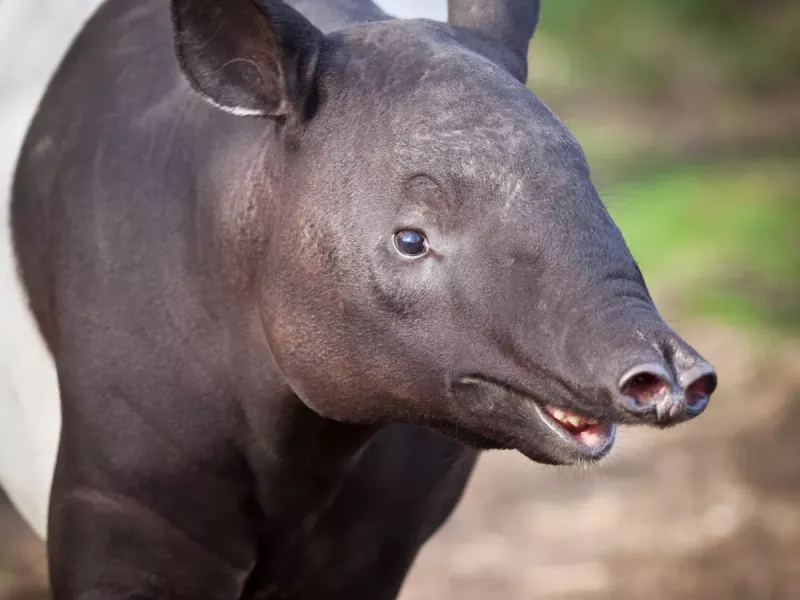
The tapir’s snout is a super-sensor! Packed with scent receptors, it helps them detect food and friends. This keen sense of smell is essential for survival in their habitat, aiding in finding mates and avoiding predators. Their snout is like a high-tech gadget that keeps them connected to their environment, ensuring they thrive.
4. Communication Skills
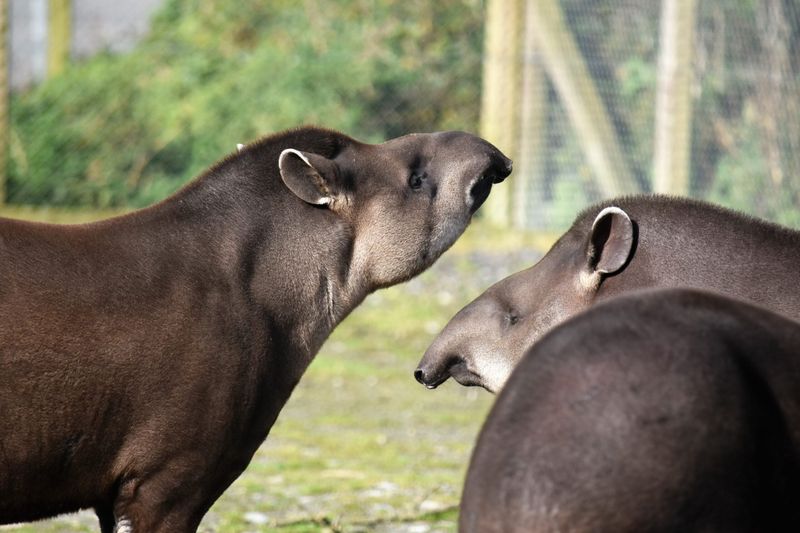
Tapirs are talkative with their noses! They use their snouts to communicate, feeling vibrations and interpreting scents to convey messages.
Whether it’s a friendly hello or a territorial warning, their noses do the talking. This form of communication is intimate and efficient, showcasing the tapir’s social abilities in a way that’s truly nose-worthy.
5. Wintry Warmth
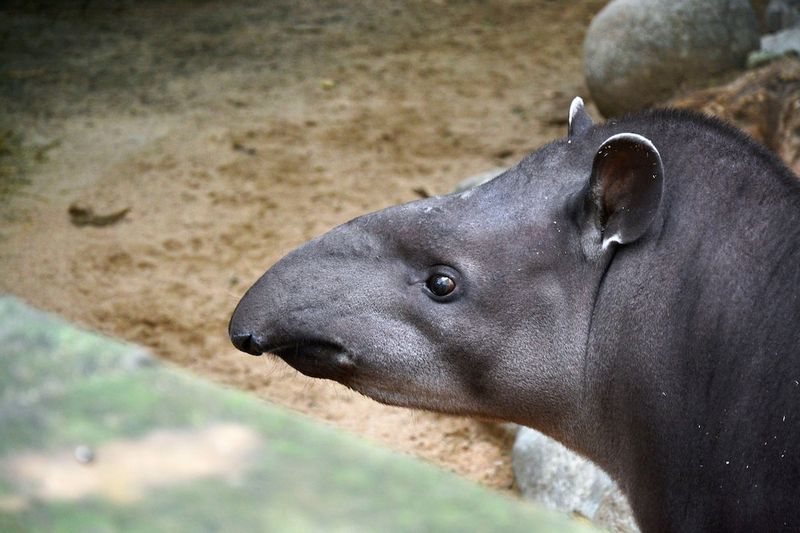
Even in chilly environments, the tapir’s snout keeps them cozy. Acting as a natural warmer, it helps regulate temperature, ensuring they remain comfortable no matter the weather. This adaptation is particularly useful in colder climates, where staying warm is crucial for survival. The tapir’s snout is a personal heater on frosty days!
6. Tasting Adventure
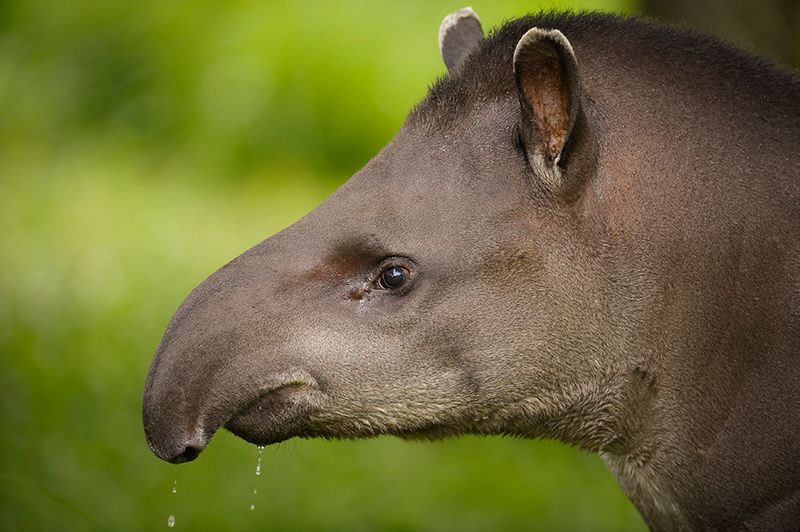
Tapirs are gourmet adventurers! Their snouts help them taste-test an array of fruits and plants, discerning what’s ripe and ready.
This culinary curiosity ensures a diverse and nutritious diet, vital for their health. By sampling the forest’s offerings with their snouts, tapirs display a foodie finesse that would make any chef proud.
7. Snout Growth
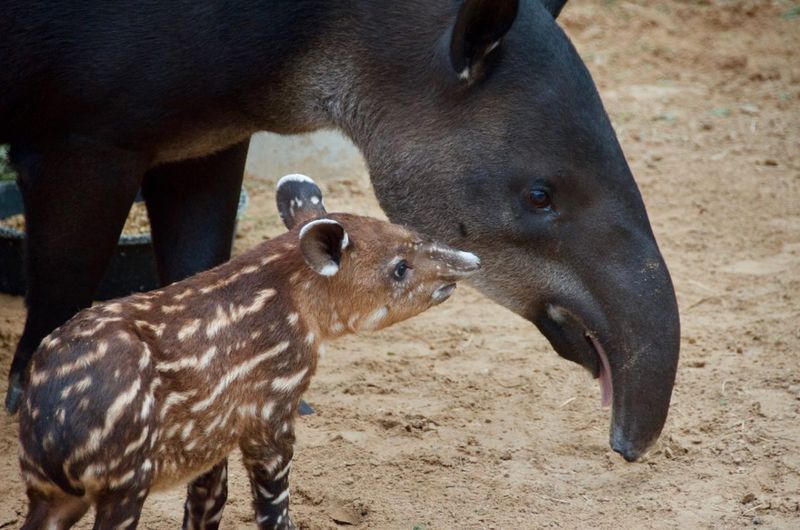
Did you know tapirs aren’t born with their iconic snouts? These nifty noses grow as they mature, evolving into the versatile tools they become. The snout’s growth showcases the tapir’s development and adaptation skills, highlighting nature’s brilliance. Watching a young tapir’s snout transform is like witnessing a natural wonder unfold.
8. Nosey Navigation
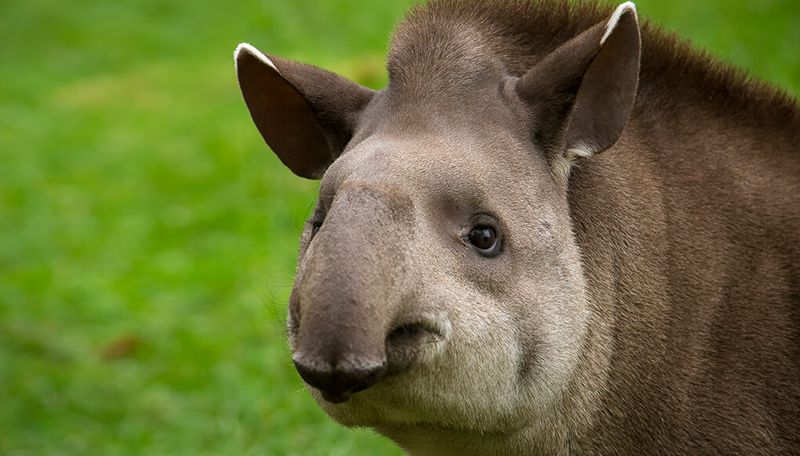
Tapirs are the GPS navigators of the animal kingdom! Their snouts help them map out paths in dense forests, ensuring they don’t get lost.
This in-built navigation system is vital for their survival, guiding them to food, water, and shelter. With their incredible sense of direction, tapirs are expert explorers of their leafy domains.
9. Social Sniffers
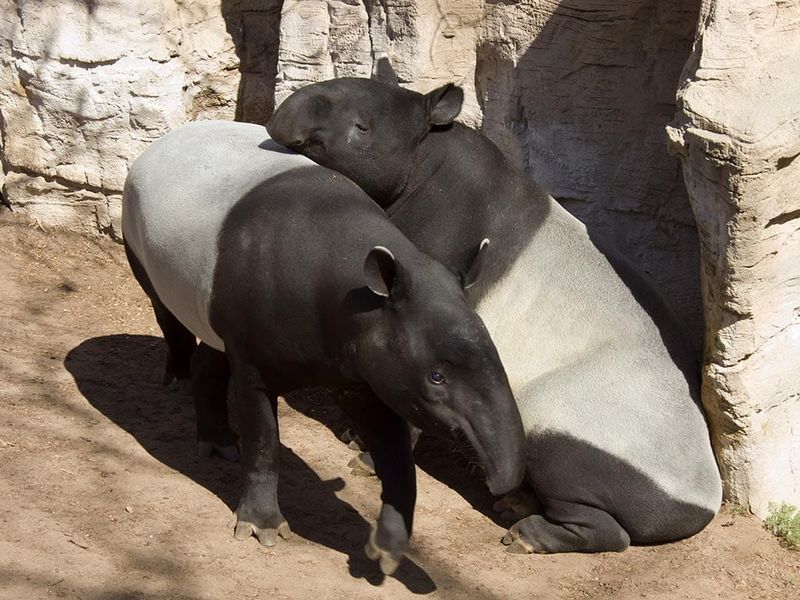
Tapirs bond through nosey greetings! Their snouts play a crucial role in social interactions, helping them identify and connect with one another. These social sniffs foster community ties and ensure group cohesion. In the tapir world, a gentle snout-to-snout greeting is akin to a warm hug, strengthening friendships and alliances.
10. Snout Versatility
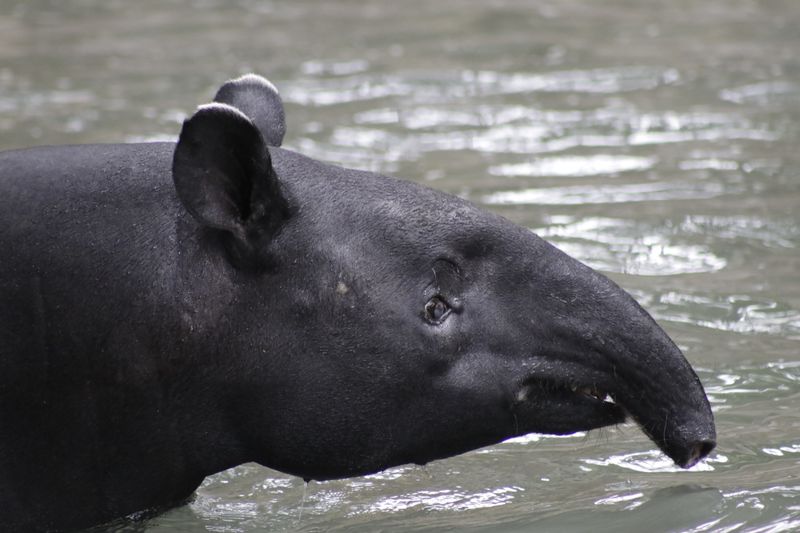
Tapirs have multi-functional noses! Their snouts can grasp, hold, and even manipulate objects, showcasing their versatility.
This adaptability allows them to interact with their environment in innovative ways, from picking up fallen fruits to moving obstacles. The tapir’s snout is not just for sniffing—it’s a dynamic tool for daily life adventures.
11. Aquatic Acrobatics
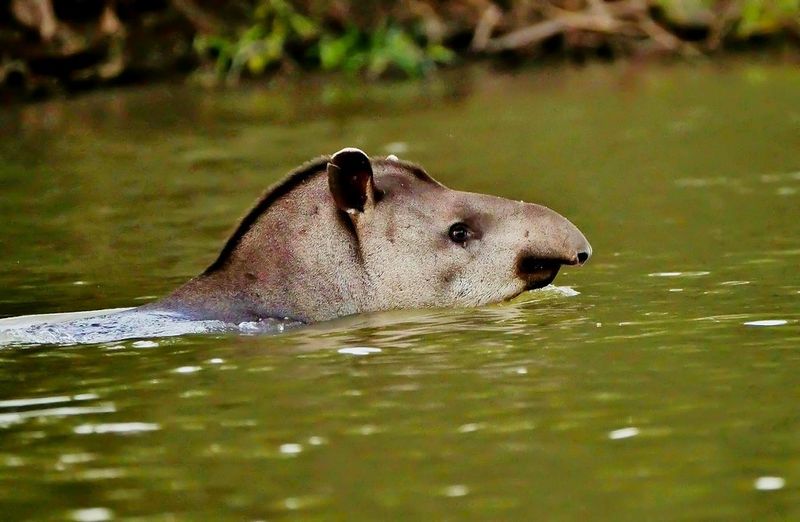
Tapirs are water acrobats, gliding with ease thanks to their snouts. Their noses help them balance and steer while swimming, making them agile swimmers.
This ability is crucial for crossing rivers and escaping threats. Watching a tapir dance through water is a testament to their aquatic prowess and the snout’s role in their graceful maneuvers.
12. Personal Grooming
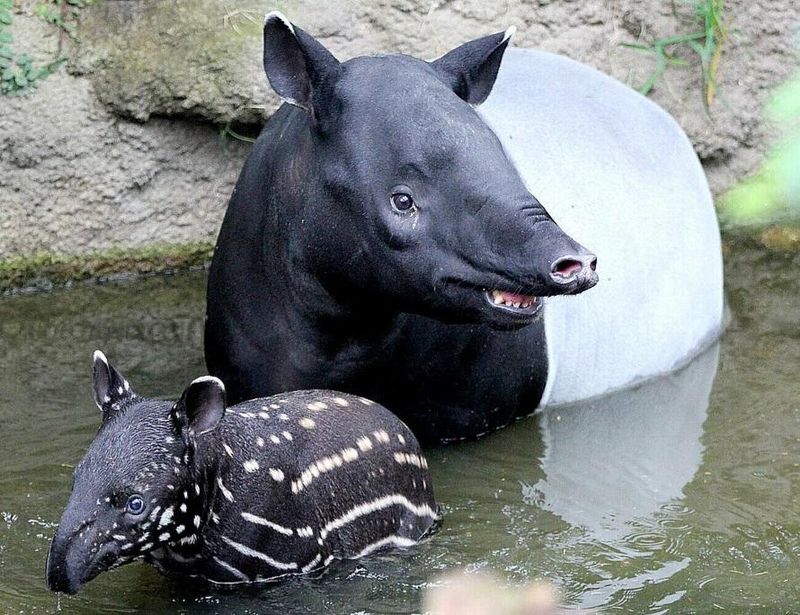
Tapirs are meticulous groomers, and their snouts are perfect for the task. They use them to clean and maintain their coats, ensuring they’re always looking their best.
This grooming habit is key to their well-being, preventing parasites and promoting health. The tapir’s snout doubles as a personal spa tool, keeping them polished and pristine.
13. Snout In Culture

Tapirs have snouts with cultural significance! In some cultures, their noses are considered symbols of luck and prosperity.
This mystical status highlights the tapir’s influence beyond the wild, into art and folklore. Exploring the tapir’s role in cultural narratives is like discovering a hidden chapter in the story of these enigmatic creatures.


